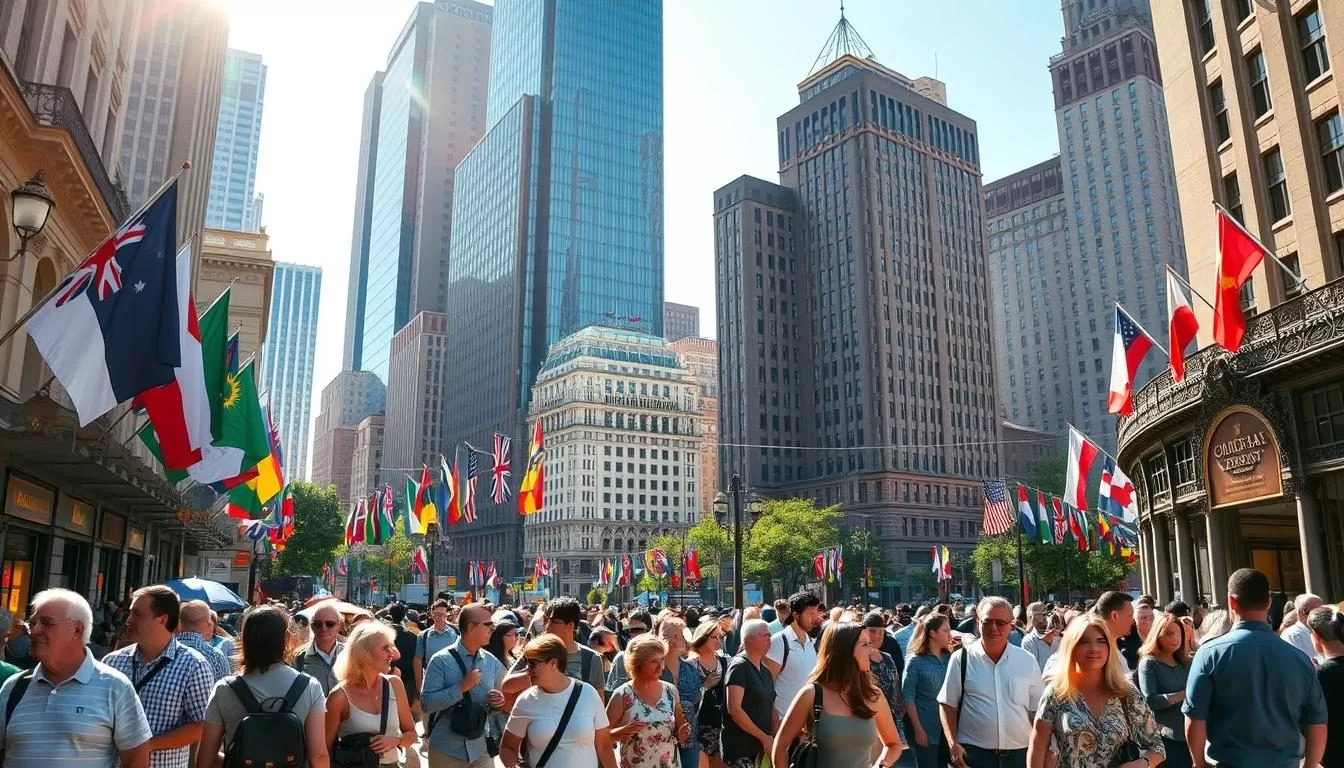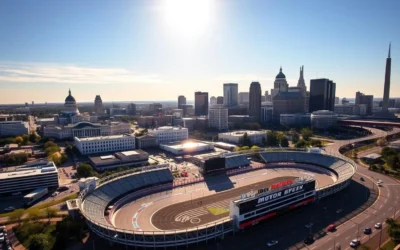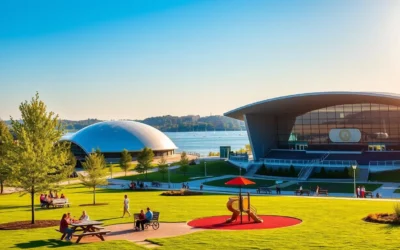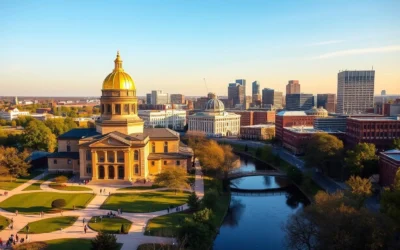✓ Accommodations✓ Flights✓ Rental Cars
You might be surprised to learn that America is a melting pot of languages, with over 350 languages spoken across the country. While English is the dominant language, a significant percentage of the population speaks other languages at home.
In Indiana, the linguistic landscape is diverse, with Spanish being the most common non-English language spoken, followed by other languages such as Chinese, German, and Burmese.
As you explore the language situation in Indiana, you’ll gain insights into the state’s cultural composition and how it fits into the broader United States language picture.
The Linguistic Landscape of Indiana
As you explore Indiana, you’ll discover a rich linguistic landscape. The state’s language profile is shaped by its history, cultural identity, and demographic changes.
English as the Dominant Language
English is the predominant language spoken in Indiana, with the vast majority of residents using it as their primary language at home. You’ll find that English firmly dominates the state’s linguistic landscape, serving as the common language for daily communication, business, and education.
According to census data, the dominance of English is evident, but there’s also a significant presence of other languages. This diversity reflects both historical immigration patterns and more recent demographic shifts.
Language Diversity in the Hoosier State
Despite the dominance of English, Indiana hosts a surprising diversity of languages spoken across the state. Spanish is the most common non-English language, with 121,383 speakers. Other significant languages include Chinese (14,737), German (7,565), Pennsylvanian Dutch (4,600), Burmese (4,320), Arabic (3,783), Korean (3,729), Vietnamese (3,434), French (2,835), and Japanese (2,679).
| Language | Number of Speakers |
|---|---|
| Spanish | 121,383 |
| Chinese | 14,737 |
| German | 7,565 |
| Pennsylvanian Dutch | 4,600 |
| Burmese | 4,320 |
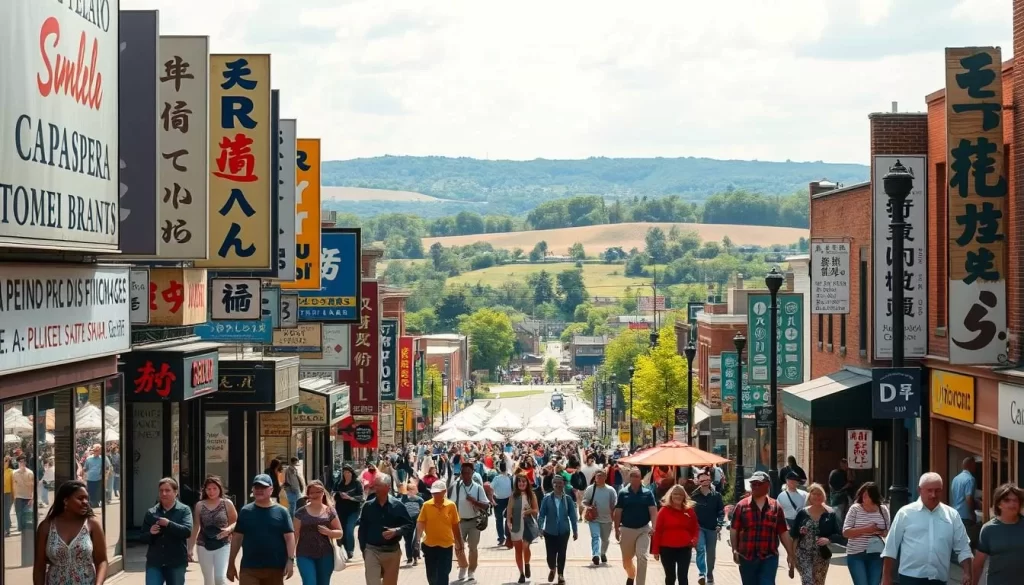
Today, Indiana represents a blend of traditional Midwestern English-speaking culture alongside pockets of vibrant linguistic diversity that continue to evolve. The presence of universities and technology sectors has contributed to this diversity, attracting international students and professionals who bring their languages with them.
Official Language Status in Indiana
The official language status in Indiana reflects a broader national movement towards English-only legislation. As of 2023, Indiana is among the 31 U.S. states that have officially designated English as their language through legislation.
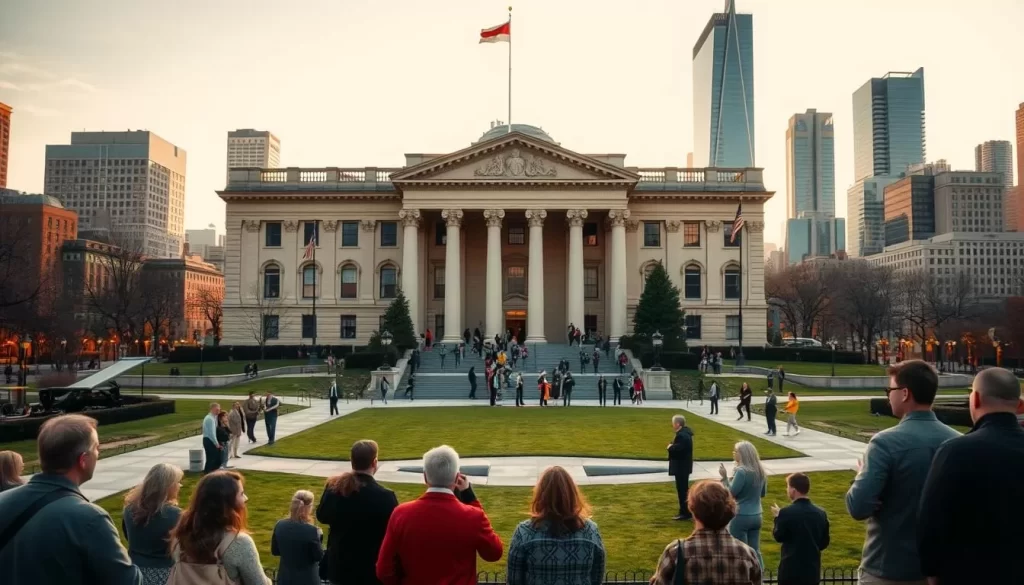
English-Only Legislation
The English-only movement gained momentum in Indiana as part of a national trend, with supporters arguing it promotes unity and integration. You’re likely aware that this legislation affects various aspects of state services and documentation. The law emphasizes the use of English in official contexts, aligning with the practices of neighboring states like North Dakota, South Dakota, and West Virginia.
Legal Implications for Residents
You’ll need to understand that Indiana’s official language policy has significant legal implications for residents, particularly those with limited English proficiency. For instance, accessing certain government services without translation assistance can become a challenge. Various industries, including healthcare and legal services, have adapted by developing their own language access approaches despite the official English-only policy. This adaptation is crucial for ensuring that all residents can navigate essential services effectively.
Indiana, United States: Official and Widely Spoken Languages
Indiana’s language profile is marked by a blend of traditional and immigrant languages, shaping the state’s identity. You can observe a diverse linguistic landscape across the state.
Spanish: The Most Common Non-English Language
Spanish dominates as Indiana’s most widely spoken non-English language, with over 121,000 speakers distributed throughout the state. Spanish-speaking communities have grown significantly, particularly in manufacturing and agricultural areas.
German: A Strong Historical Presence
German maintains a strong presence due to historical immigration patterns, with over 7,500 speakers continuing this linguistic tradition. German language communities share cultural connections with similar communities across the Midwest, including North Dakota and West Virginia.
Other Significant Languages
Other significant languages in Indiana include Chinese (14,737), Pennsylvanian Dutch (4,600), Burmese (4,320), Arabic (3,783), Korean (3,729), Vietnamese (3,434), French (2,835), and Japanese (2,679). The distribution of languages reflects both historical and contemporary migration trends in the United States.
| Language | Number of Speakers |
|---|---|
| Spanish | 121,383 |
| Chinese | 14,737 |
| German | 7,565 |
Historical Context of Language Development in Indiana
As you explore the linguistic landscape of Indiana, understanding the historical context of language development is crucial. The state’s language diversity has been shaped by various immigration patterns and historical events.
European Immigration Patterns
European colonization of America began as early as the 16th Century. The immigration in the 18th and 19th Centuries, particularly from Germany and other Central European nations, established the foundation for Indiana’s linguistic landscape. In the 19th century, significant German immigration to Indiana created communities where the language flourished. As a result, German was widely spoken in the state, reflecting the diversity of the population.
Modern Immigration Waves
Modern immigration waves, beginning in the late 20th century, have dramatically reshaped Indiana’s language diversity. The introduction of significant Spanish-speaking populations has contributed to the state’s linguistic landscape. Additionally, growing Asian language communities, particularly around university towns and technology centers, have become a notable presence in the state. Today, Indiana’s linguistic landscape reflects both the preservation of historical language communities and the integration of newer immigrant groups.
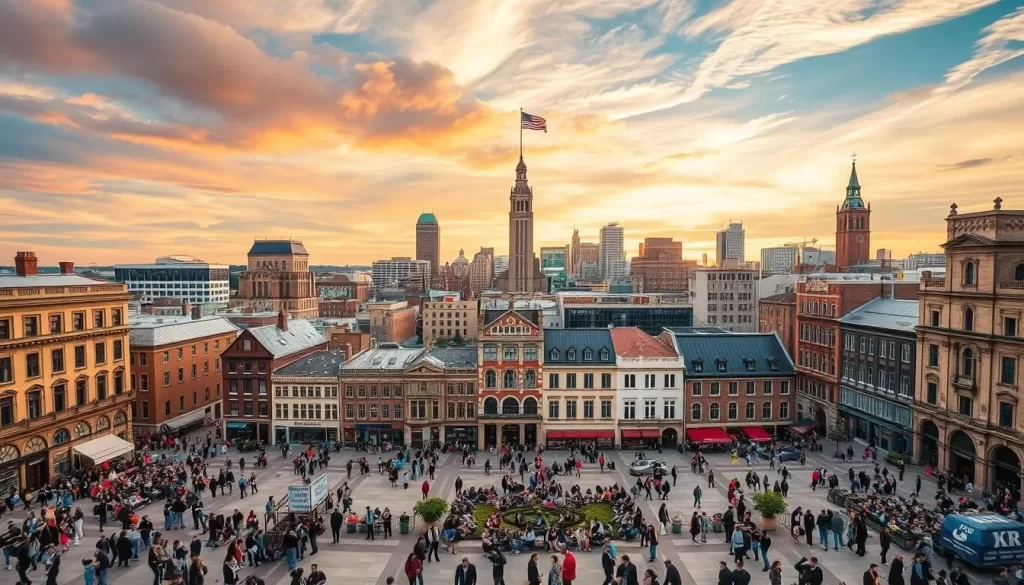
Language Communities and Cultural Enclaves
As you explore the linguistic landscape of Indiana, you’ll discover vibrant language communities that reflect the state’s diverse cultural heritage. These communities have formed around various languages, creating cultural enclaves that preserve linguistic traditions.
Spanish-Speaking Communities
Spanish is the most common non-English language in Indiana, with 121,383 speakers. You’ll find that Spanish-speaking communities in Indiana are diverse, ranging from multi-generational families to recent immigrants. These communities have created vibrant cultural centers in cities like Indianapolis and South Bend.
Asian Language Communities
Asian languages have a significant presence in Indiana, with Chinese (14,737), Korean (3,729), Vietnamese (3,434), and Japanese (2,679) being the most prominent. Asian language communities have established cultural institutions that support language preservation, including weekend language schools and cultural festivals.
European Language Communities
European languages, such as German (7,565), Pennsylvanian Dutch (4,600), and French (2,835), are also represented in Indiana. European language communities maintain their linguistic heritage through cultural organizations, religious institutions, and family traditions.
| Language | Number of Speakers |
|---|---|
| Spanish | 121,383 |
| Chinese | 14,737 |
| German | 7,565 |
Conclusion
Having examined the various languages spoken in Indiana, it’s evident that the state’s linguistic landscape is characterized by both continuity and change. The data presented throughout this article highlights the complex interplay between official language policies and the actual languages spoken by Indiana residents today.
You can appreciate how Indiana’s language situation reflects broader patterns across the United States while maintaining distinctive regional characteristics that set it apart from states like West Virginia. The historical context provided helps explain why certain languages have persisted in Indiana while others have declined or emerged more recently.
Understanding language diversity in Indiana is increasingly important for businesses, educators, healthcare providers, and government agencies seeking to serve all residents effectively. As you consider Indiana’s place in America’s linguistic mosaic, remember that behind the statistics are real communities of speakers maintaining their cultural heritage through language. The future of languages in Indiana will likely continue to evolve with changing immigration patterns, educational priorities, and global connections, shaping the state‘s cultural landscape.
The above is subject to change.
Check back often to TRAVEL.COM for the latest travel tips and deals.
